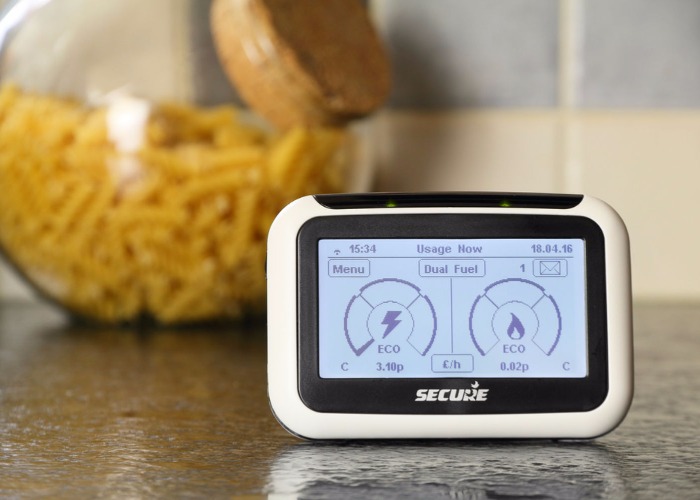Energy cap overhaul: smart meter users face paying more at peak times

Ofgem is looking at changes to the energy price cap, but could they mean higher bills for many households?
Millions of smart meter users could end up paying more for their energy during busy times of the day under plans from the industry watchdog.
Regulator Ofgem wants to replace the existing energy price cap with a more flexible system that better meets the needs of customers and providers.
It’s drawn up a list of alternatives and is now consulting on these with billpayers, consumer groups, charities and suppliers.
Tim Jarvis, Ofgem’s director general of retail and markets, said: “The energy market is changing as we move to net zero, and we recognise the systems we have in place may need to change too.”
Background
The price cap was introduced in January 2019 amid concerns that many customers were paying too much for their energy.
It sets the maximum amount that suppliers can charge for their standard tariff. This is reassessed by Ofgem every three months: January, April, July and October.
Typical annual energy bills are going down to £1,690 from 1 April to 30 June 2024. This is £238 lower than the £1,928 for the year's first three months.
Although energy prices are falling after two years of extraordinary price rises, many people are still struggling to afford such living costs.
The latest Ofgem data revealed £3.1 billion of debt and arrears across the energy market in December 2023. This is up more than £1 billion since the start of 2023.
Why replace the energy cap?
The regulator is concerned that the current regulations aren’t adequate given the increasing prevalence of electric vehicles, heat pumps and solar panels.
Industry observers have also questioned whether the cap has meant people are less inclined to shop around for the best deals.
While the rules have helped save customers money when wholesale prices soared, there have been some downsides, according to Simon Virley, KPMG’s vice chair and head of energy and natural resources.
“Our recent research has shown that this has come at a price, with effective competition and innovation in the market suffering and switching levels falling off a cliff,” he said.
The KPMG study found one in three people no longer shop around as prices are capped, while 41% would switch to a fixed deal if the options weren’t so limited.
Energy cap options
So, what are the alternatives to the price cap?
The Ofgem suggestions are:
- A more dynamic cap with time-of-use dependent unit rates to encourage flexibility;
- A targeted cap that is based on factors such as vulnerability;
- More flexible, market-based price protections.
The third suggestion includes ideas such as setting a limit between a supplier’s default tariff and tariffs available in the market. It may also cap the margin suppliers can make or replace the cap with a ban on acquisition-only tariffs.
Should we pay more at peak times?
Ashton Berkhauer, Moneysupermarket’s general manager for energy believes 'time of use' tariffs are a good way to incentivise everyone to use energy at less busy times.
“They can be better for our wallets and the planet,” he said.
“A dynamic price cap could bring back more competition to the market, which will be better for consumers.”
However, this so-called surge pricing, where charges vary according to demand, has pros and cons, according to Sarah Coles, head of personal finance at Hargreaves Lansdown.
“This has its benefits for people who can target their energy use for cheaper times of day,” she said.
“However, it comes with the potential of horribly expensive energy during peak times.”
Coles also believes the current system is inflexible and has seen many energy companies going out of business.
“Ofgem will need to strike a balance between having a flourishing and competitive industry and ensuring we’re not paying too much for our energy,” she added.
Is your smart meter working?
In separate news, Government figures have revealed that a staggering four million smart meters aren't working properly.
This means affected customers will end up receiving estimated bills as the supplier hasn't been sent usage information. As a result, they may be overcharged.
So, how can you ensure yours isn't faulty? Well, you can check your readings on statements, as well as log on to your supplier's app to see if the readings are marked as smart. If they are then it's working correctly.
If you suspect your meter isn't working correctly you can check it by using the online smart checker from Citizens Advice.
This can tell you what type of meter is installed and whether it's working in smart mode.
You can then contact your energy supplier to give them a correct reading.
Most Recent
Comments
Be the first to comment
Do you want to comment on this article? You need to be signed in for this feature








